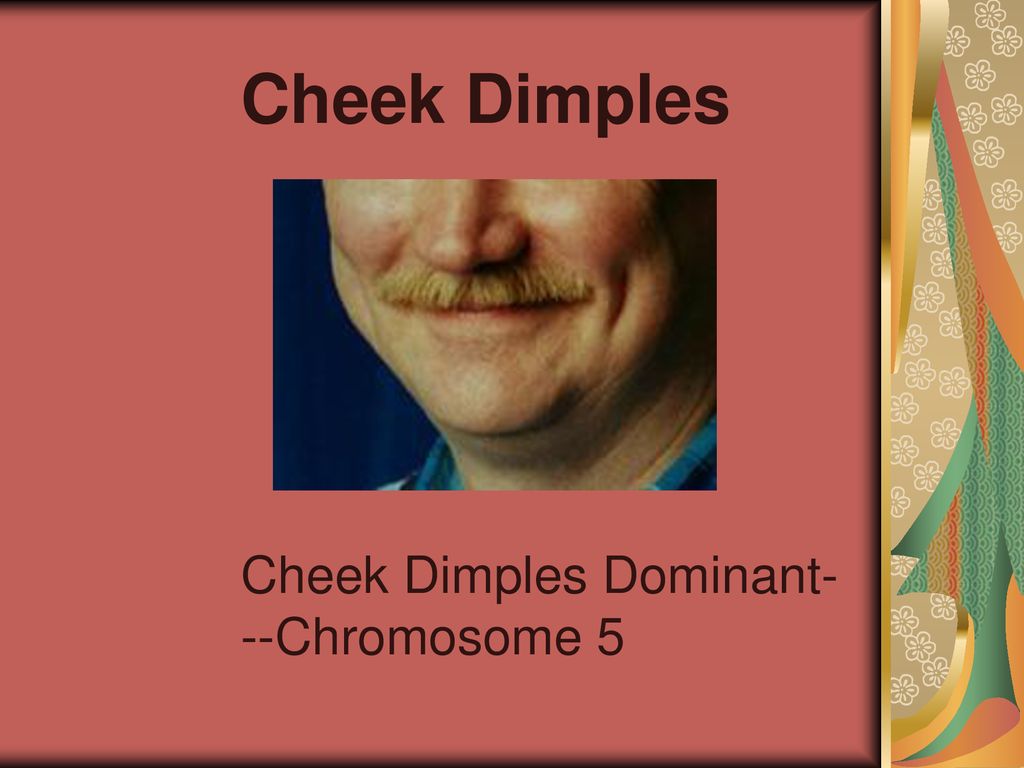Dimples Demystified: The Science Behind Those Cute Cheek Indentations
Ever noticed those charming little indentations that appear on some people's cheeks when they smile? Dimples, far from being mere fleeting features, are a captivating blend of genetics, muscle structure, and a touch of serendipity, a subtle mark that sets apart a face with an extra dose of endearing character.
These small, captivating indentations, scientifically known as fovea buccalis, typically grace the cheeks and sometimes the chin, adding a touch of youthful charm to the face. They are more than just a surface feature; they represent an intriguing interplay of genetics and muscular anatomy. The presence of dimples is often considered aesthetically pleasing, contributing to a perception of attractiveness and approachability. But beyond their visual appeal, what lies beneath the surface? What causes these enchanting indentations, and why are some individuals blessed with them while others are not?
| Category | Information |
|---|---|
| Anatomical Term | Fovea Buccalis (Cheek Dimples) |
| Prevalence | Variable, influenced by ethnicity and genetics |
| Cause | Variations in facial muscle structure, particularly the zygomaticus major |
| Genetics | Complex, not fully understood; likely polygenic |
| Inheritance | Often described as dominant, but inheritance patterns are unclear |
| Types | Cheek dimples, Chin dimples (Cleft Chin) |
| Aesthetic Perception | Generally considered attractive, associated with youthfulness and charm |
| Surgical Option | Dimpleplasty (to create artificial dimples) |
| Rarity (Double Dimples on One Cheek) | Less than 1% of the population |
| Further Information | National Center for Biotechnology Information (NCBI) |
- Justine Batemans Children All About Duke Gianetta
- Vegamovies Alternatives Best Legal Streaming Platforms In 2024

Genetics & Heredity Chapter 11 & ppt download

What Gene Causes Dimples When Smiling?

Genetics. ppt download